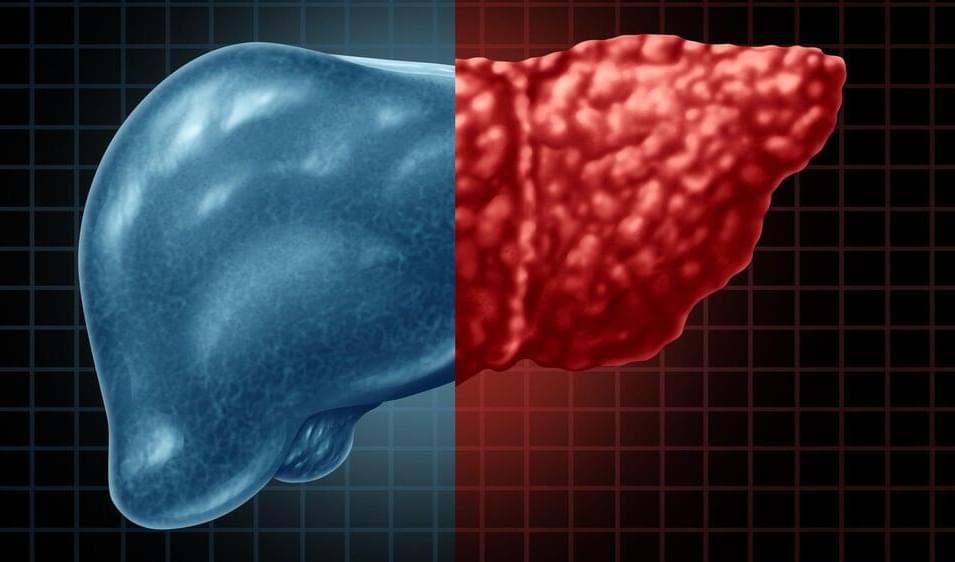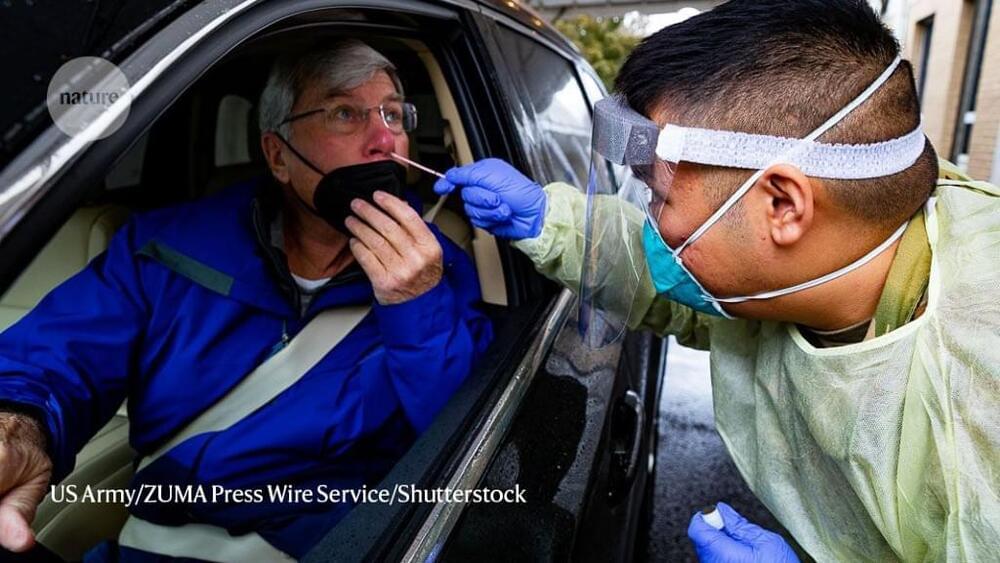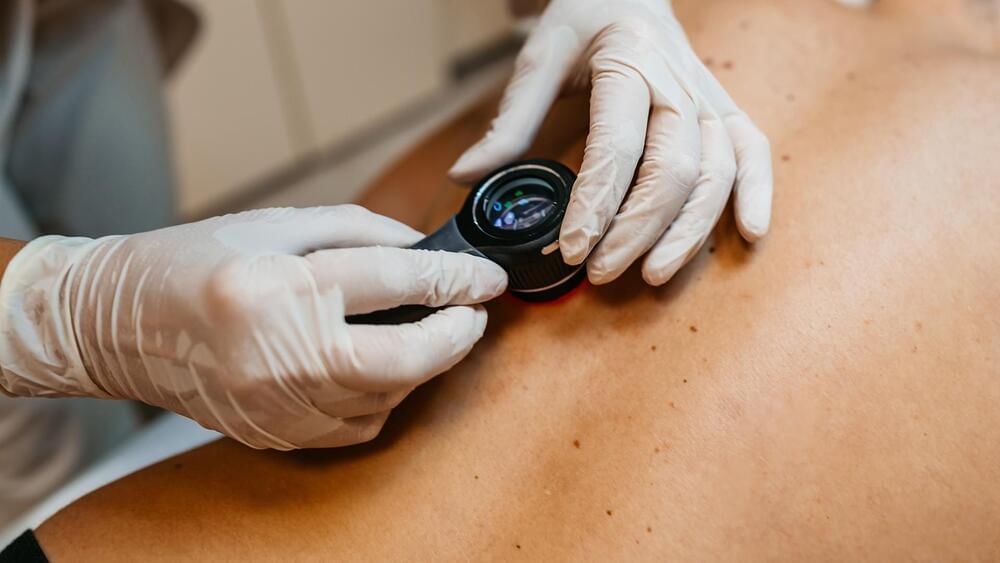PD-1 inhibitors have been widely used for treatment of multiple types of cancer. 1 With the ongoing coronavirus pandemic, the effect of anti-COVID-19 vaccination on PD-1 safety and efficacy has become a critical question for oncologists and patients with cancer alike. 2 To avoid potential treatment complications, some physicians have opted to suspend PD-1 inhibitor treatments for recently vaccinated patients with cancer. However, little data exist to support such a decision. Recent studies have found that anti-COVID-19 vaccines such as BNT162b2 (Pfizer BioNTech, New York, New York, USA) and mRNA-1273 (Moderna, Cambridge, Massachusetts, USA) are well tolerated in patients with cancer, 3–5 and side-effect profiles from these vaccines were similar between healthy volunteers and patients with cancer. 6 One recent meta-analysis summarizing multiple COVID-19 vaccine trials studies concluded that patients with cancer have a significantly lower likelihood of attaining acceptable immune response to COVID-19 immunization when compared with the general population given compromised cancerous immune system. 7 However, whether anti-COVID-19 vaccines have any functional impact on the efficacy of immune checkpoint inhibitor (ICI) treatment was unknown. Thus, we conducted a large multicenter study to explore the effects of COVID-19 vaccination on PD-1 inhibitor treatment in patients with cancer.
A total of 3,552 consenting adult patients with cancer were screened from 83 Chinese hospitals and medical centers beginning on January 28, 2021. Eligible participants met the following inclusion criteria: their malignancy had been histopathologically confirmed; they had received at least one dose of camrelizumab8 (one of the most commonly used PD-1 inhibitors in China) after the COVID-19 vaccination program was launched in China in January 2021. Clinical information, demographic data, and medical history were collected at enrollment, and patient treatment, adverse events and outcomes were followed through September 30, 2021. Efficacy and safety of PD-1 treatment were evaluated according to Response Evaluation Criteria in Solid Tumor V.1.19 and National Cancer Institute Common Terminology Criteria for Adverse Events V.5.0,10 respectively. Patient functionality/performance status was evaluated using Eastern Cooperative Oncology Group (ECOG) criteria.





